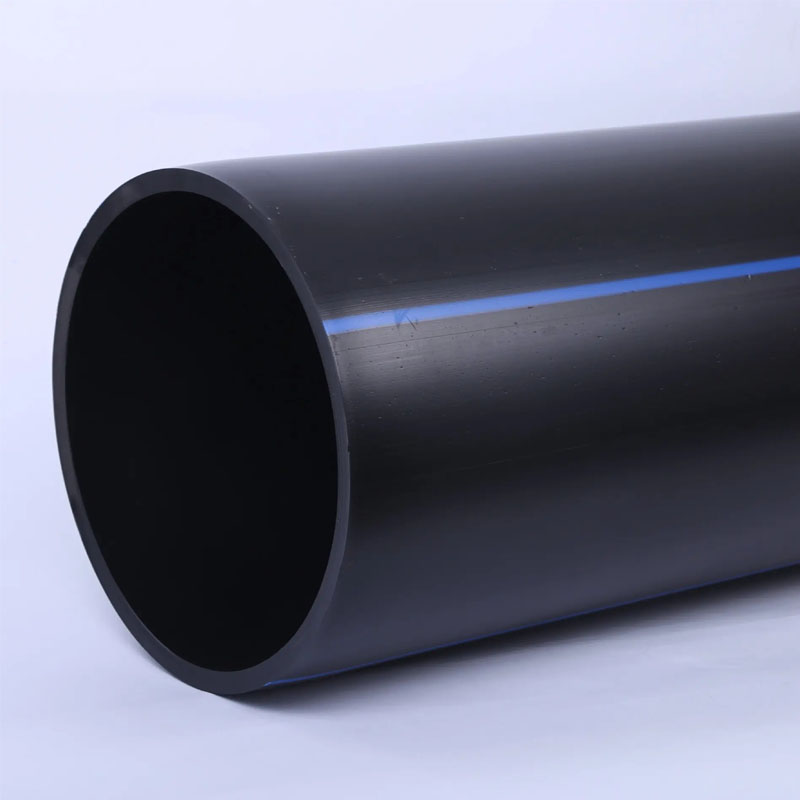Nov . 11, 2024 16:27 Back to list
ppr hot water pipe factory
The Advantages of PPR Hot Water Pipes A Look into the Manufacturing Process
In the ever-evolving world of plumbing solutions, the demand for efficient, durable, and reliable piping materials is on the rise. One such innovation that has gained significant attention is the PPR (Polypropylene Random Copolymer) hot water pipe. Known for its remarkable thermal stability and adaptability, PPR piping has revolutionized the plumbing industry, especially in hot water applications.
Manufacturing Process of PPR Hot Water Pipes
The production of PPR hot water pipes begins with the selection of high-quality raw materials. The primary component, polypropylene, is sourced from reputable suppliers, ensuring that the pipes exhibit excellent performance characteristics. The manufacturing process can be divided into several key stages
1. Compounding In this initial phase, the polypropylene is modified by adding various additives to enhance its properties. These additives serve multiple purposes, including UV protection, resistance to chemical corrosion, and thermal stabilization. The compounding process is critical as it directly influences the longevity and reliability of the final product.
2. Extrusion Once the raw materials are properly compounded, the resulting mixture is fed into an extruder. This machine heats the compound to a specific temperature, turning it into a malleable state. The molten polymer is then forced through a die to form the desired pipe profile. The extrusion process is closely monitored to ensure consistent thickness and diameter, which are essential for maintaining pressure resistance and efficacy in hot water transportation.
3. Cooling and Sizing After extrusion, the newly formed pipes undergo a cooling process. As they cool, they are carefully sized to meet industry standards and client specifications. This step is crucial for ensuring uniformity, as any discrepancies in size can lead to inefficient system performance or complications during installation.
4. Quality Control At the manufacturing facility, stringent quality control measures are implemented at every stage of production. This includes testing for pressure resistance, thermal stability, and overall durability. Pipes are subjected to various tests to simulate real-world conditions, ensuring they can withstand the rigors of constant hot water flow without degradation.
5. Packaging and Distribution Once the pipes pass all quality checks, they are packaged for distribution. The factory's commitment to quality does not end at production; they also focus on delivery logistics to ensure the pipes arrive at their destination without damage.
ppr hot water pipe factory

Benefits of PPR Hot Water Pipes
The advantages of using PPR hot water pipes are numerous, making them a preferred choice for both residential and commercial applications
- Durability PPR pipes are resistant to scaling and corrosion, ensuring a longer lifespan compared to traditional materials such as PVC or metal. - Thermal Insulation The excellent thermal insulation properties of PPR pipes minimize heat loss, making them an energy-efficient option for hot water systems.
- Lightweight PPR pipes are significantly lighter than metal counterparts, simplifying transportation and installation processes.
- Ease of Installation The pipes can be joined using a simple heat fusion process, eliminating the need for complex fittings and reducing the likelihood of leaks.
- Environmental Impact PPR pipes are recyclable, and their production generally involves fewer harmful chemicals, aligning with increasing environmental standards.
Conclusion
PPR hot water pipes represent a significant advancement in plumbing technology. Their unique combination of durability, efficiency, and ease of installation makes them an ideal choice for various applications. As manufacturers continue to innovate and enhance production processes, the future of PPR piping looks promising, paving the way for more sustainable and effective plumbing solutions. The growing popularity of these pipes within the industry reflects a shift towards more advanced materials that meet the demanding needs of modern infrastructure.
-
High-Quality PVC Borehole Pipes Durable & Versatile Pipe Solutions
NewsJul.08,2025
-
High-Quality PVC Perforated Pipes for Efficient Drainage Leading Manufacturers & Factories
NewsJul.08,2025
-
High-Quality PVC Borehole Pipes Durable Pipe Solutions by Leading Manufacturer
NewsJul.08,2025
-
High-Quality PVC Borehole Pipes Reliable PVC Pipe Manufacturer Solutions
NewsJul.07,2025
-
High-Quality UPVC Drain Pipes Durable HDPE & Drain Pipe Solutions
NewsJul.07,2025
-
High-Quality Conduit Pipes & HDPE Conduit Fittings Manufacturer Reliable Factory Supply
NewsJul.06,2025

